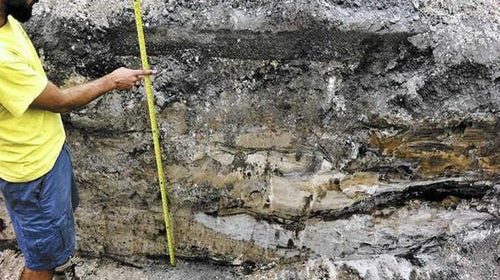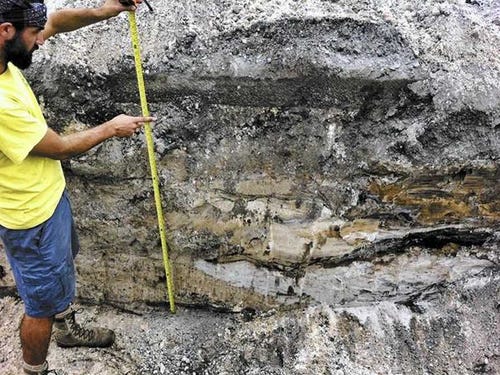A 2,000-Year-Old Human Skeleton Was Just Unearthed In South Florida

A 2,000-Year-Old Human Skeleton Was Just Unearthed In South Florida
She remained at peace for about 2,000 years, before the utility crews arrived shortly before Christmas to instal a new waterline on Pine Island Road in Davie, Florida.
Authorities said—That’s when the completely intact skeleton of what is believed to be an Indian Tequesta woman was found — maybe the best-preserved remains of an ancient human unearthed in the past 40 years.
Bob Carr of the Davie Archaeological and Historical Conservancy said, “It’s either the Tequesta or the member of a people predating the Tequesta.” “It’s unusually well preserved, considering it’s been under a highway, and every day there are thousands and thousands of vehicles going over it .”
The woman, about 5 feet tall and about 20 to 30 years old, will now be analyzed by state and local archaeological authorities and then reburied in about a month in a secret location, with Seminole and Miccosukee Indians conducting the ceremony.

No artifacts were found with the skeleton, and it had no distinguishing marks to indicate how she died. “There’s nothing in the bones to indicate trauma,” Carr said.
The discovery began as crews were about to start installing a waterline on the east side of Pine Island Road near the Forest Ridge subdivision, between Griffin Road and State Road 84.
But before the backhoes began biting into the ground, Broward County archaeology officials warned that the waterline might run through a historical site and began surveying the area, Carr said.
The northbound lanes of Pine Island were closed as a result of the find and reopened on Thursday.
After the skeleton was unearthed, Seminole and Miccosukee Indian officials requested the discovery remain quiet until Thursday and insisted no photos be taken of it.
“This is fairly standard protocol,” said Gary Bitner, whose public relations firm represents the Seminole Tribe of Florida. “It’s done with an obvious respect for the remains.”
Because of a state requirement that all construction sites must be surveyed to ensure no historical objects are destroyed, Carr and other archaeologists have found numerous bones and artifacts. But finding full skeletons is relatively rare.
Three other intact skeletons were found in the same vicinity in the 1980s and another skeleton was found in a new development in far western Miramar about 12 years ago.
The most recent one was the best preserved and among the oldest, Carr said. The age estimate was based on “context,” as artifacts found earlier near the discovery site, including pottery shards, were determined to be at least 2,000 years old.
“There was no carbon 14 dating or DNA testing, as the Florida tribes don’t want any physical destruction of the bones,” Carr said.
In 2002, Carr discovered the foundation of a Tequesta Indian home estimated to be 1,000 years old in downtown Miami. Four more were found nearby last year.
He and other archaeologists also have found Tequesta artifacts in Parkland in 2008; a major Tequesta settlement, dating back to 800 A.D., along Fort Lauderdale’s New River in 2009; and bones up to 3,000 years old, believed to be those of members of the Jeaga tribe, along State Road A1A in Delray Beach in 2012.